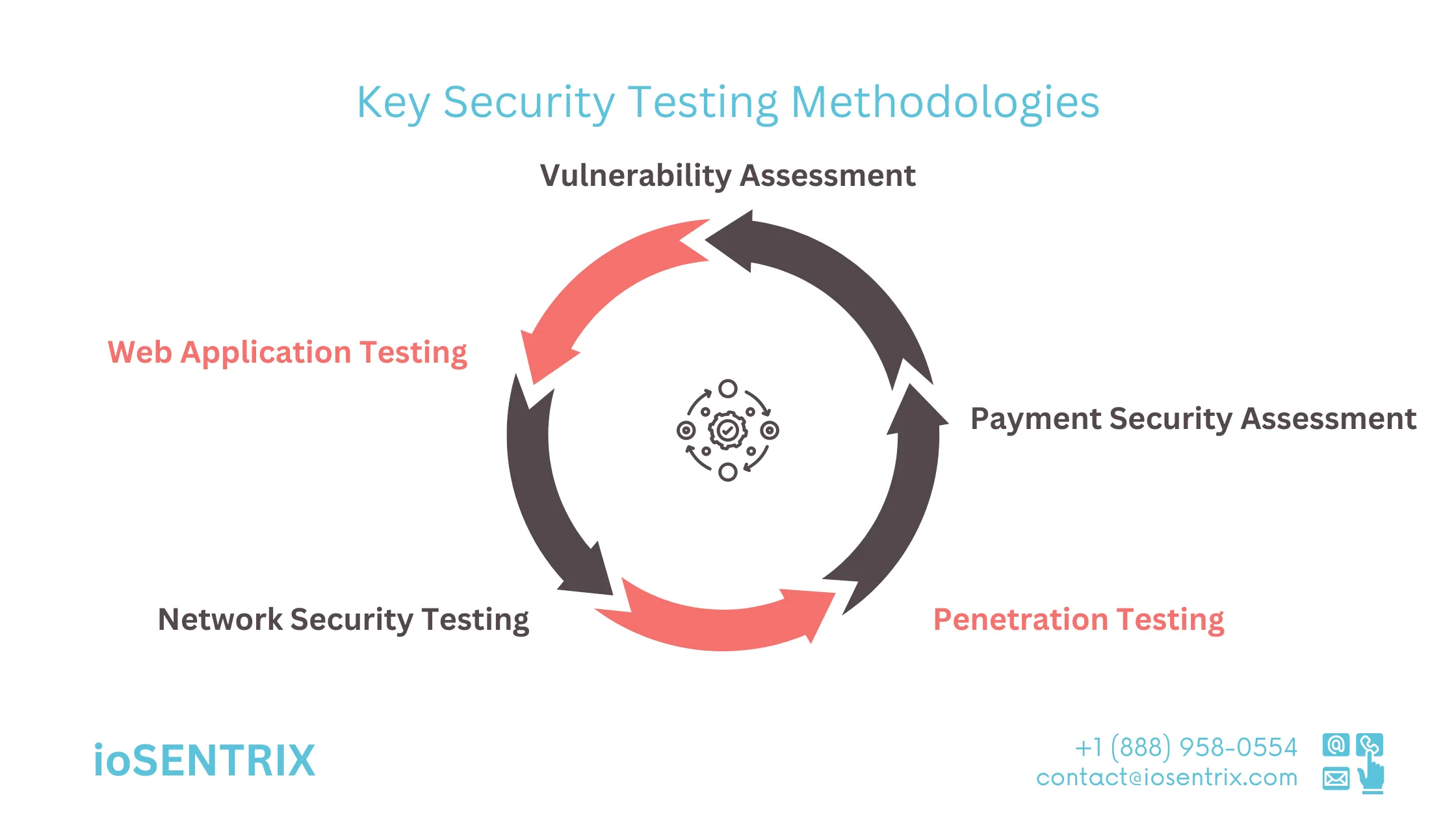
The rise in cyber threats means that e-commerce businesses must prioritize security testing to protect customer data (since they can be an appealing target) and maintain their competitive edge. Security testing isn’t just a precaution; it’s a vital process that uncovers and mitigates vulnerabilities before they can be exploited.
This article explains why e-commerce security is important, the key methodologies involved, and the best practices in e-commerce security testing.
E-commerce websites manage important customer information, like personal details, payment information, and purchase histories. It is crucial to keep this data safe to maintain customer trust and comply with the law. Maintaining an effective security strategy to defend the systems against cyber attacks is important due to:
Data Sensitivity: E-commerce platforms hold sensitive customer data that can be at risk of security breaches.
Financial Transactions: Safe payment processing is needed to protect customers and businesses during online transactions.
Brand Reputation: A security breach can harm a brand’s reputation and lead to loss of customers.
Regulatory Compliance: It is necessary to follow data protection rules like GDPR and CCPA to avoid penalties for not complying.
Different methods are used to test the security of e-commerce websites. These methods help check various aspects of security systems. Here are some important security testing methods commonly used to protect customer information:
The process includes three key stages: Firstly, scanning utilizes automated tools to detect vulnerabilities across the platform’s infrastructure, networks, and applications. Secondly, identification involves categorizing vulnerabilities based on their level of severity, potential consequences, and exploitability. Lastly, prioritization entails ranking vulnerabilities to address the most critical ones promptly.

Penetration testing, or ethical hacking, involves simulated cyberattacks to identify and exploit vulnerabilities within an e-commerce system. This method not only tests the system’s defenses but also evaluates its response to real-world attack scenarios. Key aspects include simulating targeted attacks, exploiting identified weaknesses to gai, and validating the effectiveness of existing security controls.
Learn more on Vulnerability Assessment vs Penetration Testing.
Web application security testing aims to find vulnerabilities in the online store’s web-based parts. Important parts of this testing include:
Checking Web Applications and looking for common issues like SQL injection, cross-site scripting (XSS), and cross-site request forgery (CSRF).
Checking who can access what to stop unauthorized entry.
Making sure user sessions are secure to prevent session hijacking.
Payment security assessment focuses on checking how payment information is processed securely on e-commerce websites. Important aspects of payment security assessment include testing payment gateways to prevent fraud and ensure safe transactions, protecting cardholder data to meet PCI DSS standards, and confirming that payment information is handled and transmitted securely.
Network security testing checks how secure a company’s network is, including things like firewalls and routers. Important parts of network security testing include checking firewalls for weaknesses in settings and rules, scanning the network for open areas that could be attacked, and testing how well intrusion detection and prevention systems work.
To maintain the security of customer information on e-commerce platforms, organizations should follow certain best practices. These include:
Regular Assessments: Conduct security assessments regularly to identify and fix vulnerabilities promptly. The frequency of these assessments should match the pace of changes in your environment.

Threat Modeling: Analyze potential threats and possible attack paths unique to your e-commerce platform and customer data.
Secure Development Practices: Encourage secure practices in development and IT teams, focusing on secure coding, configurations, and compliance with security standards.
Remediation Planning: Develop a plan to address vulnerabilities promptly, based on their potential impact and ease of exploitation.
Continuous Monitoring: Implement ongoing monitoring to detect and respond to security incidents in real-time, using intrusion detection, log analysis, and security incident management solutions.
Security Awareness Training: Invest in training for employees to raise awareness of security risks to customer information and their roles in reducing those risks.
Prioritizing customer data security is not only about building trust but also about ensuring compliance with regulations. A comprehensive approach to security testing, coupled with a commitment to best practices, enables e-commerce businesses to defend against the cyber threat landscape.